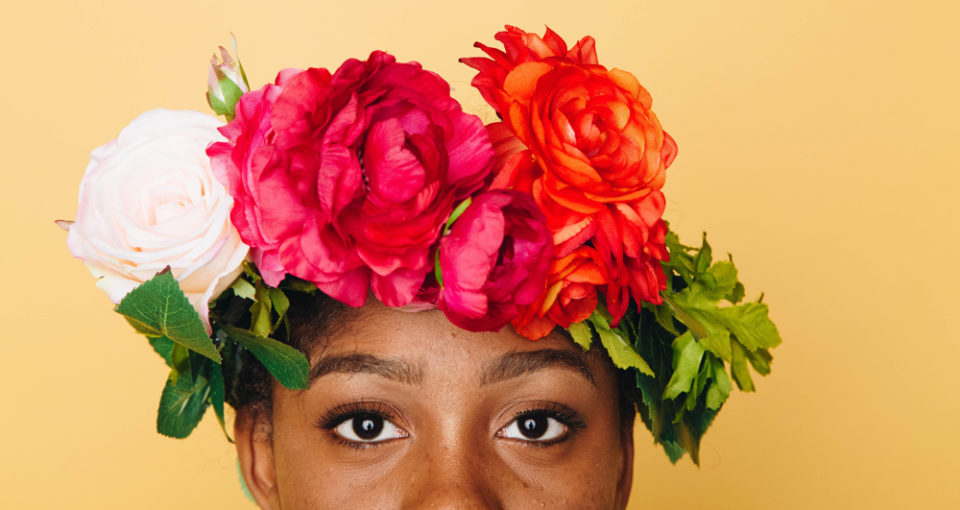“How do I paint a nose?” she asks. And, “Is it finished?”
Her shoulders drag, frustrated, when she sees me scrunching my nose. “No? Why not? What does it need?”
Do I have the audacity or clarity to explain?
The student’s two beady eyes are on me; silent, waiting, expectant.
Since graduating from college ten years ago with a painting degree, I hid from teaching, thinking, “No, I can’t do that. It’s too much. No, I have a certain approach, but it’s not quantifiable, or pedagogical.”
Yet here I am, called to service.
What do I say?
Can I hide behind my degree, my past creative accomplishments?
If called an art teacher and paid to be an art teacher, am I an art teacher?
Why do these students ask so many questions, anyhow?
My mind flashes back to that unexpected phone call, several weeks prior. I wrestled to keep my baby away from the phone as she asks me, mid-struggle, “Do you want to teach for us?”
I respond truthfully, timidly, quickly, “I don’t know.”
Aching at my core, was a greater, quieter, more painful question: Do I really know enough to teach?
Confidence in the act of art making and confidence in sharing created art are two very different things.
When I’m alone, in my studio, swaying to music and letting loose on the canvas, I’m my greatest fan, crowing about my art in process, providing creative commentary as I go. Etch it in there, release over there. Yes, yes, yes! Look at that! Oh, beautiful…
But I’m not in that safe, little room now. I’m surround by sixteen searing high school students, and she wants to know,“What should I do now?”
What do I know?
I pause, well, here goes nothing, and travel deep inside myself to ask what I would say if I wasn’t afraid of it being “right”.
I look slowly at the work, meditating on my own perceptions that float up from observation.
Tentatively, I offer them to her.
“See here,” I say, “How you drew so many lines? Well, a nose isn’t made up of lines,” I say. “It’s really made up of darks and lights. Here, look at your own nose.”
We pull out a mirror and we stare at her nose, slowly making our way around it, pointing out the shifts in shadows and shapes as we go.
I notice her listening carefully, nodding slightly, taking a deep breath and looking back at her own work. “Okay,” she says. “Thank you,” and gets back to work.
I look at her in surprise. She listened? I made sense? I have something to offer?
She continues working for the remainder of the period. Before the bell rings, I hear girls squeal in surprise at the transformation of her work. I bound over to take a look and my heart leaps. The piece is stunning, more vibrant than ever. Less cliche, more authentic.
She implemented my ideas, and added in surprising twists of her own. She’s inserted herself into her work, and the power of it reverberates throughout the classroom. Everyone’s inspired now.
She looks over at me as I compliment it, shooting a quick glance of gratitude, her confidence building and her complexion glowing from actualization.
Slowly, day by day, I begin the long process of connecting those two parts of me- the confident artist alone in her studio, analyzing composition, color, and channeling emotion into work- with the firm, soft spoken teacher, composing simpler sentences, consolidating ideas into digestible lessons for spirited, high school ears.
The process humbles me.
Throughout these young women’s lifetimes, they will hopefully learn from many art teachers, who all give them different perspectives and techniques on artmaking.
My own core philosophies and artistic inspirational ideas were built throughout my years of creating. In class, I am called upon to impart them to others. These ideas are some of my deepest gifts and sacrifices, and I am learning how to honor them as such. At the same time, my approach is but one perspective on art, and there are many, many others, and they are all valid.
Every time I step out of the classroom, I’m depleted from the experience. They take everything out of me; all the hours I spent staring at my paintings, all of the words I never spoke aloud, pulling them from my reticent insides.
They raise me higher as we learn together, combining what I never knew I knew with their own insights and abilities.
There in the class, they teach me. They teach me how to unearth all the shy wisdom buried deep within me, giving it permission and authority to let it out.
It is like when a child asks an adult a simple question. The adult is pushed to sift through her sophisticated knowledge base to construct small but profound building blocks of information for the ravenous child. Through the process of reformation and articulation, the adult herself is elevated.
This, now, I understand.





